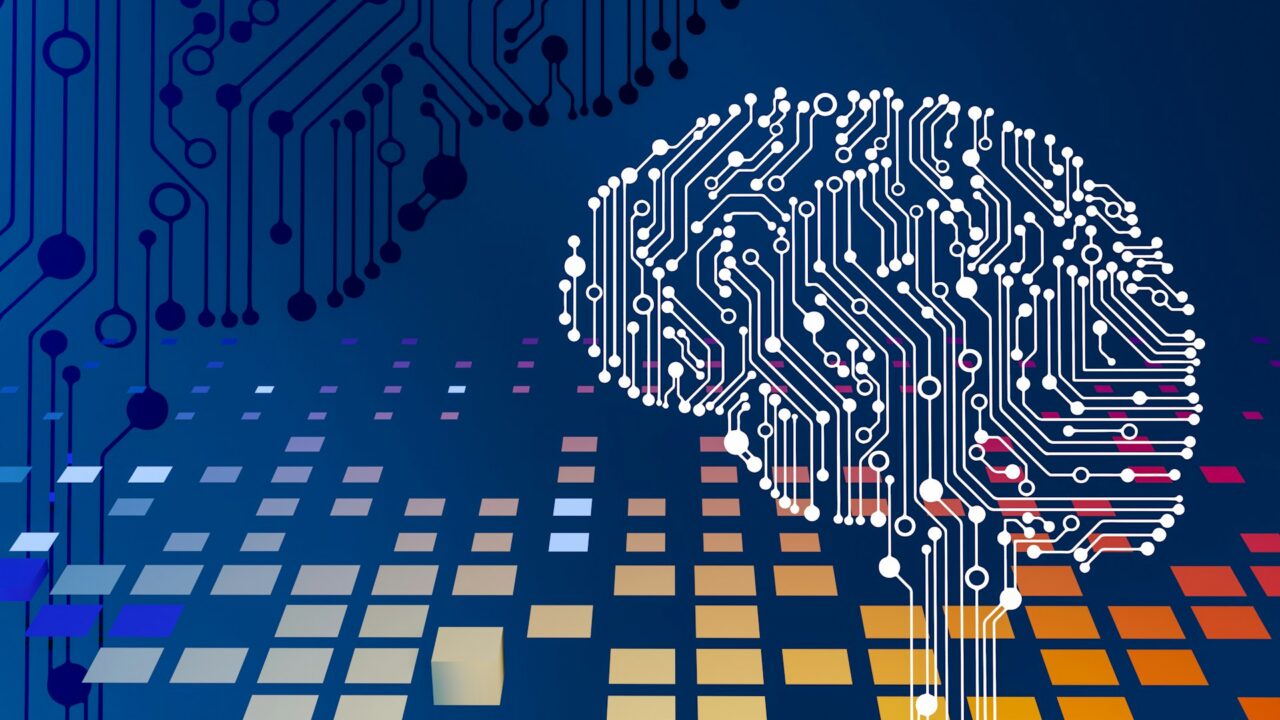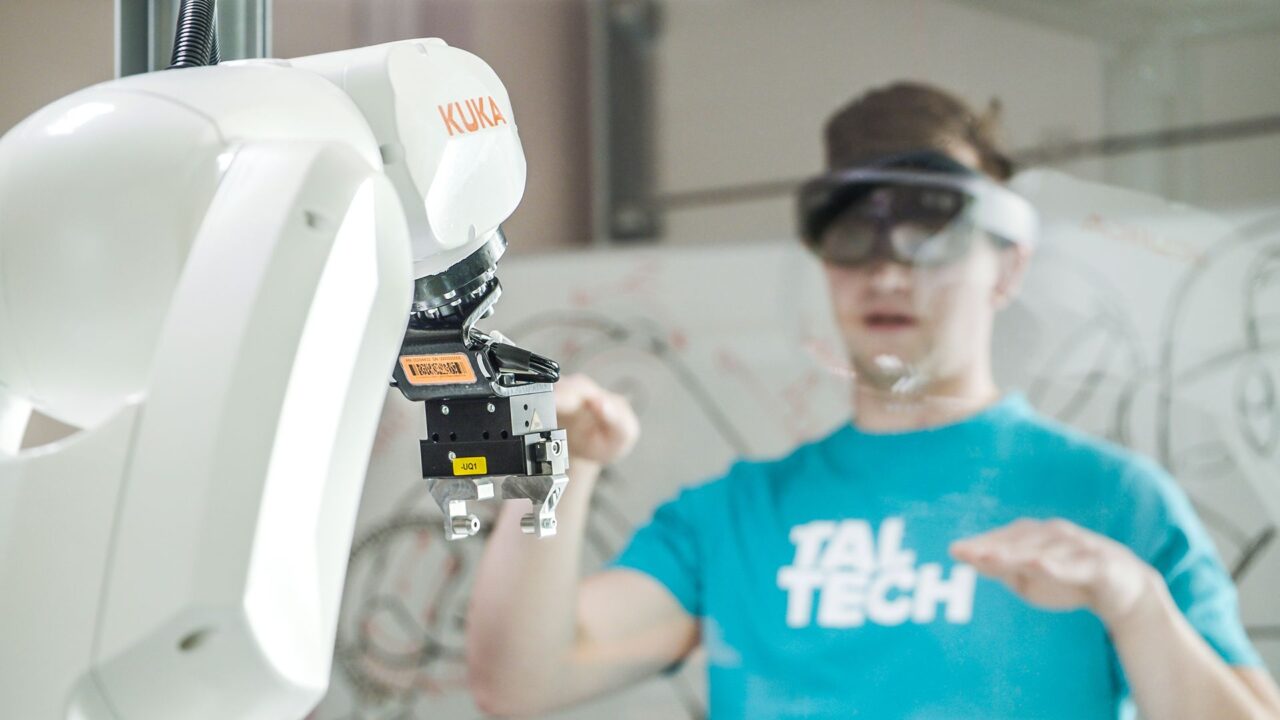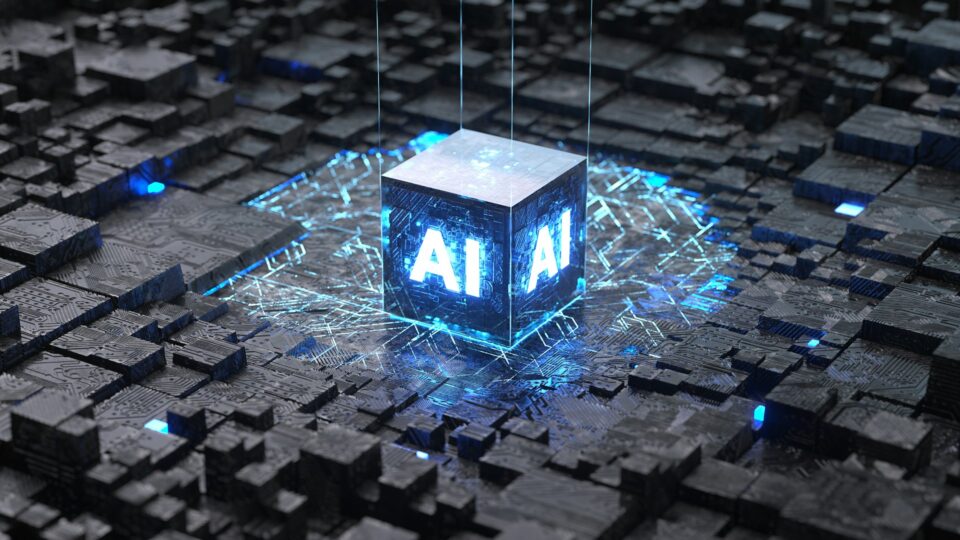In recent years, chatbots and other AI-based systems have become widely available. Their ability to mimic human skills and behaviour has surpassed even the boldest expectations, and their impact on many aspects of our lives has become obvious. The widespread adoption of AI is often compared to the Industrial Revolution – and for good reason. There are many similarities.
Opinions and expectations about the impacts of AI proliferation are contradictory. Some have discovered a new digital conversation partner that helps manage daily tasks or work-life organisation – for example, when scheduling or completing routine tasks. Others experience the same development with panic: the fear of losing jobs and the changes to their current way of life.
However, panic is a poor advisor. Let’s try to analyse the situation calmly.
AI as a scientific discipline: An invisible history
Although AI applications have only recently entered our daily lives, the discipline has been around for over sixty years. Research in the field of artificial intelligence has been ongoing in universities around the world for decades. Companies, governments, and defence organisations have supported the field through research grants and specialised institutions like Bell Labs.
AI has survived two “winters” – periods when high expectations were not met and interest in the field waned. Yet, during this time, AI-based technologies continued to grow in the business sector, and the revenue generated from them increased.
In the late 1980s, computer scientist Yann LeCun developed the first convolutional neural network (CNN), which enabled the U.S. Postal Service to recognise handwritten numbers. Few noticed this technical achievement at the time. Now, however, many scientists consider it a turning point in the development of deep learning – a field that has become a visible and well-known part of modern artificial intelligence. The fact that AI researchers were able to continue innovating even during AI winters attests to the deeper potential of this technology.
Why has AI suddenly come into the spotlight?
Modern AI-based systems operate on the principle where an algorithm – a programme – takes some input and produces an output. The input is usually an object that needs to be analysed, and the output is an assessment or prediction regarding that object.
For the system to produce the desired results, it must first be taught – i.e., trained. Training involves using large datasets from which the machine learns the relationships between the input and output. This process is not simple – it is a complex workflow, and the accuracy of the algorithms depends on the quality of the data, computational power, and learning methods.
The functioning of AI systems depends on three main components:
- Methods – algorithms, whose accuracy and complexity have increased exponentially in recent years;
- Data – which is collected and processed in large volumes, often through the internet;
- Infrastructure – cloud services, chips, and devices that enable the use of these systems.
All three of these components have recently undergone both qualitative and quantitative leaps. The result is a completely new level of technology, which affects our daily and work lives even if we do not directly use artificial intelligence ourselves. This is the primary reason why AI is receiving such significant attention in today’s society.

AI systems have recently undergone both qualitative and quantitative leaps. The result is entirely new levels of technology that impact our daily and work lives, even if we do not directly use artificial intelligence ourselves. Photo: Steve Johnson/Unsplash
The impact of AI on the job market and the role of universities
The biggest concern associated with artificial intelligence is the fear of job loss. Indeed, the implementation of AI is changing the job market, and some jobs may disappear. However, unlike the Industrial Revolution, we now live in a society where the state and universities have the opportunity to support people through retraining, career changes, and the adoption of new technologies.
The role of universities in this transition is significant. They can support the acquisition of knowledge and skills, provide scientific support, and foster flexibility and open-mindedness.
The impact of new technologies on everyday life is nothing new – over the past 30 years, many technologies have come and gone, changing our way of life. Therefore, it is unreasonable to deny that artificial intelligence is changing the way we work.
AI-based systems can analyse vast amounts of data that humans could not process. They can be used in data science, IT, research, and many industries. In the best cases, AI frees humans from routine tasks and opens up new possibilities for creativity.
At the same time, we cannot ignore the negative impacts – by delegating tasks to machines, several skills may be lost. Universities have noticed that students use AI tools to avoid repetitive exercises. This threatens the depth of knowledge and the development of practical skills.
Artificial intelligence is becoming increasingly easy to use in programming and writing. However, handling AI tools still requires both technical and ethical knowledge. Simply being able to use AI assistance cannot replace in-depth knowledge.
Therefore, a balance must be found between classical university education and new digital skills. This requires flexibility from universities and responsibility from students.
Balance must be found between classical university education and new digital skills. This requires flexibility from universities and responsibility from students.

The development of AI and technologies demands increasingly more intellectual effort from us | Photo: TalTech
AI is not allmighty
A common misconception is that artificial intelligence can solve all problems. The truth is that creating each new system requires several workflow stages and training cycles. At first glance, AI solutions may seem easy to use, but they require technical aptitude and the ability to mitigate risks.
Additionally, there is no certainty regarding the lifespan of applications. Even at the level of everyday applications, “hallucinations” – misleading answers – occur, and in some cases, systems behave unpredictably.
At the technology level, issues related to the quality of datasets, the size of models, and the necessary computational power persist. Efforts are being made to reduce environmental impacts, but new questions are arising on the social front.
Questions are becoming increasingly complex on how to protect personal data and interpret intellectual property, while society demands transparency and reliability from artificial intelligence decisions.

Levinud on eksiarvamus, nagu suudaks tehisintellekt lahendada kõik probleemid. Tõsiasi on see, et iga uue süsteemi loomine nõuab mitmeid töövoo etappe ja treeningtsükleid. Foto: Getty Images/Unsplash
Future Scenarios: uncertainty and hope
The development of artificial intelligence is difficult to predict. It is possible to expect some new “major breakthrough” in the near future. Investments and funding will increase, and infrastructure will improve. However, issues related to data protection, ethics, and legality will remain to be addressed.
Another major concern is the shortage of qualified specialists. Although the first steps have been taken, we need more educational programmes, career courses, and broader societal awareness.
Although AI is no longer technically young, in social terms, it is still in its infancy. This technology is still learning how to integrate into society and understand the logic of its functioning.
Mind into the machine!
Although AI is no longer technically young, in social terms, it is still in its infancy. This technology is still learning how to integrate into society and understand the logic of its functioning.




